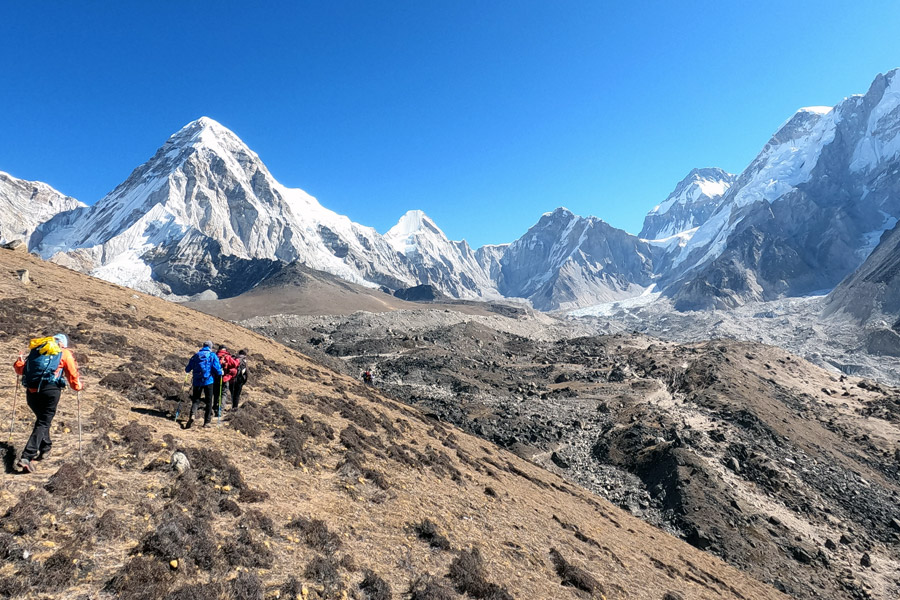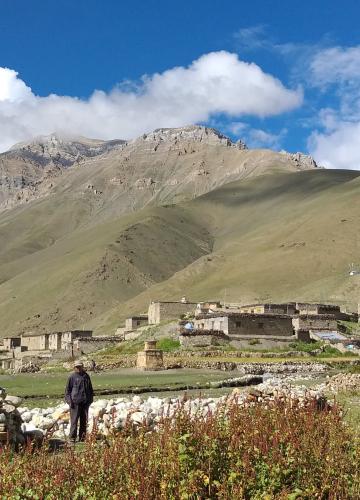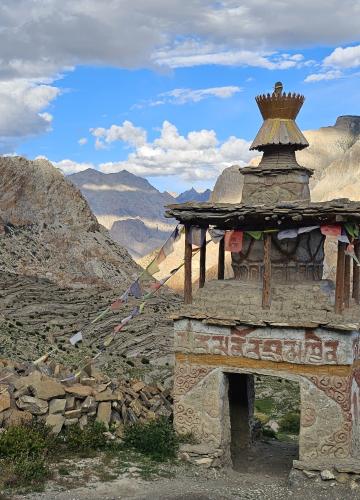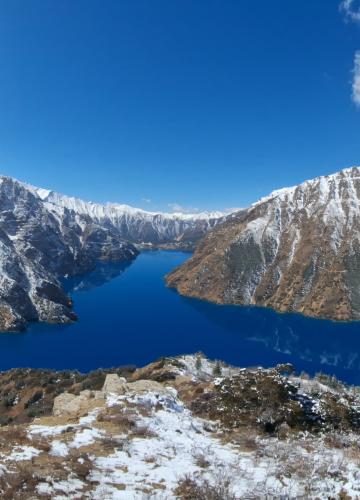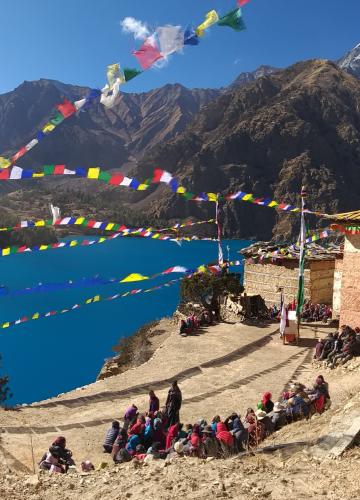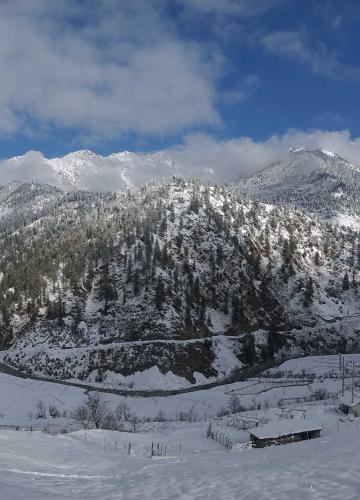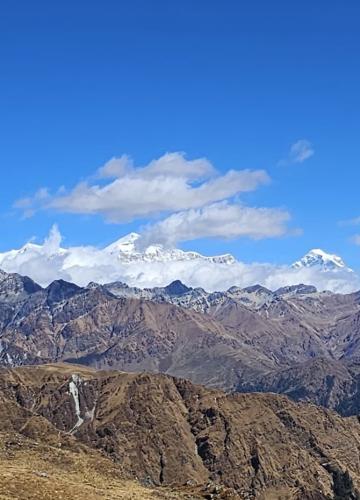Embark on an unforgettable journey along the renowned Gokyo Cho La Pass Everest Base Camp Trek, a route revered for its awe-inspiring vistas and challenging terrain. This expedition begins amidst the splendor of the Gokyo Lake region, renowned for its serene beauty and captivating views of towering peaks such as Cho Oyu, Makalu, Lhotse, and the iconic Everest itself. The adventure kicks off with an early morning ascent to the summit of Gokyo Ri (5360m), offering a sublime panorama of majestic peaks towering above 8000 meters.
Traversing the formidable Cho La Pass (5420m), trekkers join the path leading to the legendary Everest Base Camp, a journey that unfolds amidst a tapestry of breathtaking landscapes and cultural treasures. Before reaching the iconic Kala Pattar (5550m), a veritable balcony to the top of the world, adventurers are treated to a spectacle of unparalleled grandeur, with Mount Everest standing as the crowning jewel in this majestic panorama.
Beyond the sheer beauty of the landscape, the Gokyo Cho La Pass Everest Base Camp Trek promises a rich tapestry of experiences, from encounters with diverse flora and fauna to immersion in the vibrant Sherpa culture. Along the trail, trekkers encounter ancient monasteries steeped in centuries-old traditions, offering glimpses into the spiritual heart of the Himalayas.
The journey unfolds through a varied terrain, meandering through verdant Rhododendron and pine forests, past cascading waterfalls, and across high pasturelands adorned with fluttering prayer flags. Each step offers a new perspective, revealing the profound connection between the land and its people.
For those seeking a less-traveled path, the Salleri route presents an enticing alternative. This scenic journey offers a glimpse into the daily rhythms of life in the Himalayas, as travelers traverse picturesque landscapes and interact with communities along the way. Accessible via bus or jeep from Kathmandu, the Salleri route offers a more immersive and culturally rich experience, away from the hustle and bustle of traditional tourist routes.
However, it's important to note that during peak seasons, flights to Lukla may be subject to congestion, necessitating a detour to Manthali (Ramechap) airport. Despite this logistical challenge, the allure of the Everest Gokyo trek remains undiminished, offering adventurers a once-in-a-lifetime opportunity to immerse themselves in the breathtaking beauty and rich cultural tapestry of the Himalayas.
